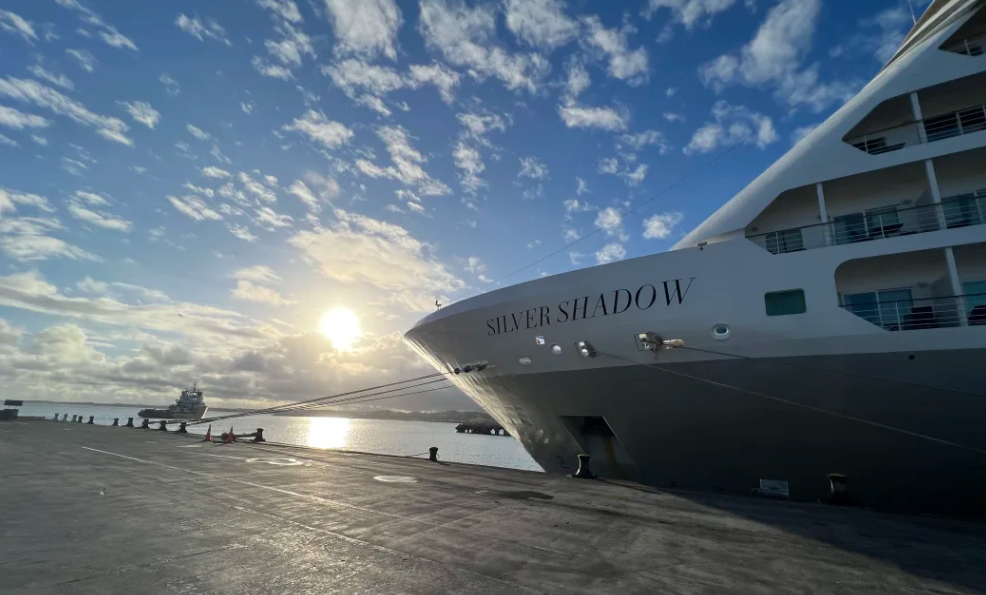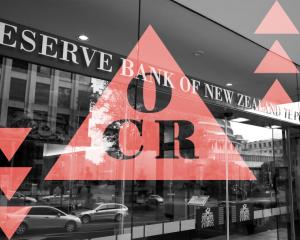
By Rachel Helyer Donaldson of RNZ
Fewer cruise ships could visit New Zealand if border levies are increased at short notice as is planned, the sector says.
The cruise industry said proposed changes to the border levy were being made with too little warning and it could turn companies off visiting.
Customs and the Ministry for Primary Industries have proposed the new border fees, effective from December 1.
Consultation opened mid-July with calls for public submissions closed on August 9.
Under the proposal, border levy rates reduce for all air travellers and for sea travellers who do not arrive by cruise ship.
By contrast, arriving cruise ship travellers would face an 88% increase in customs fees, from $11.48 to $21.54.
New Zealand Cruise Association chief executive Jacqui Lloyd said as cruises are sold at least 12 months in advance and it would be cruise operators - not this summer's passengers - who will take the hit.
Lloyd said 279,000 passengers were expected this season, so the total increase of $7.82 per traveller would cost cruise operators an estimated $2.2 million.
That was an "extraordinary" increase for a faltering sector still recovering from the Covid-19 pandemic, she said.
One operator, Carnival Cruise Line, had been "very open" about its $30 billion deficit.
"Coming off the pandemic... cruise ship margins are incredibly small [and] anything that hasn't been budgeted for comes off bottom line. It can't be passed [on] because the passenger has already paid for the fee.
"Cruise lines are very comfortable to include an increased fee but it needs to be in the booking window that's appropriate for the travel.''
Lloyd said the rising costs of operating in New Zealand had already been off-putting to the cruise lines.
"We're seeing a 15 percent reduction in this coming season and we expect an additional 15 to 20 percent reduction for the 2025/2026 season."
The cruise sector had been "very surprised" by the number of fee increases, when the country needed to entice visitors back.
From October 1 a visitor's visa will cost $300, up from $190, while the international visitor conservation and tourism levy could jump from $35 to $100.
"That's $400 in fees before anyone's even purchased a cruise or flight," Lloyd said.
"The government has been very open about trying to build visitor numbers and increase visitor expenditure. We need an all-of-government approach on costs and levies. If you look at each one individually they make sense, but when you put them all together, the increased cost to come into New Zealand is quite exorbitant."
Lloyd said the Cruise Association submitted a proposal during the three-week consultation window, and had also approached the Minister of Tourism and Hospitality and the Customs Minister.
The sector had continually stressed to government it needs a year's notice for changes, so the four-month window was "disappointing", she added.
"We have continually passed on the message that cruise ships need that 12-month window and it consistently falls on deaf ears."













